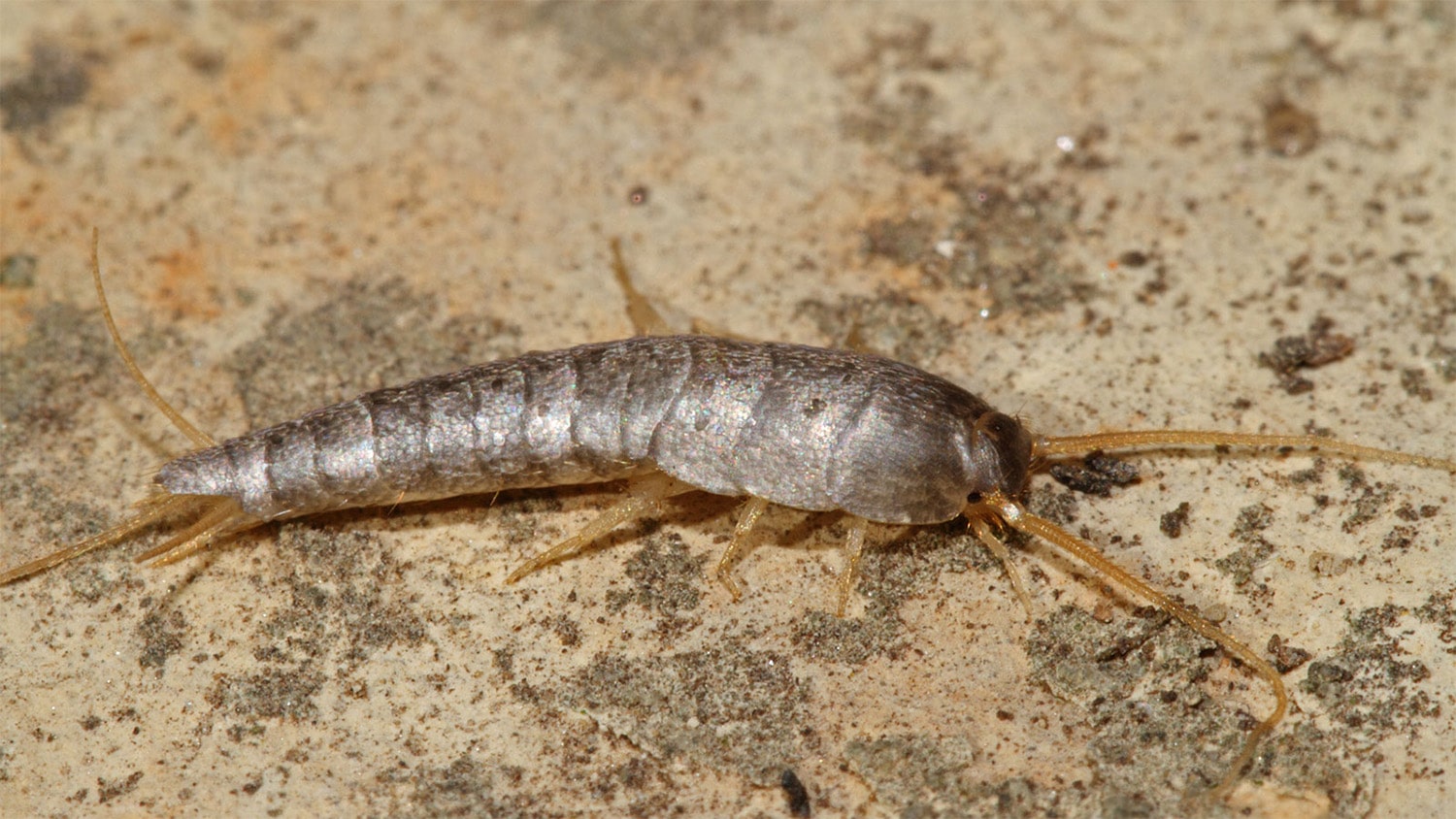
28 interesting facts about silverfish
- 👁️ 345
Silverfish, with their shimmering bodies and quick movements, are fascinating yet often unwelcome guests in our homes. These ancient insects, existing for over 400 million years, have survived through the ages, making them one of the oldest insects on Earth. Despite their prehistoric origins, silverfish continue to thrive in modern environments, especially in damp, dark places. Known scientifically as Lepisma saccharina, silverfish are harmless to humans but can cause damage to books, clothing, and other starchy materials in our homes. Here are 28 interesting and informative facts about silverfish that reveal more about their characteristics, habits, and surprising resilience.
- Silverfish are known for their metallic, silver-grey appearance and fish-like movements.
- They belong to the order Zygentoma and are not actually fish but insects.
- Silverfish have been around for over 400 million years, predating the dinosaurs.
- They lack wings and cannot fly.
- Silverfish are nocturnal creatures, preferring to roam at night.
- They have a lifespan of 2 to 8 years, which is quite long for an insect.
- Silverfish are capable of surviving in almost any climate but prefer humid and dark environments.
- They can run very fast and are often hard to catch.
- Silverfish undergo a process called gradual metamorphosis, where they molt throughout their lives.
- They can lay 2 to 20 eggs per day, depending on environmental conditions.
- Silverfish eggs are hidden in small cracks or crevices, making them difficult to find.
- These insects are known to eat materials containing polysaccharides, such as starches and dextrin in adhesives.
- They often damage paper, clothing, and wallpaper due to their dietary habits.
- Silverfish are attracted to damp clothing and are known to eat linen and cotton fabrics.
- They have compound eyes, which is unusual for insects in their order.
- Silverfish require a high-humidity environment to survive, with at least 75% humidity.
- They can survive for months without food but cannot live without moisture.
- Silverfish are considered pests in homes and libraries due to their destructive feeding habits.
- Despite their name, silverfish can vary in color from white to brown-grey or blue-silver.
- They are known to have existed in their current form without significant changes for millions of years, making them a living fossil.
- Silverfish are often found in basements, kitchens, and bathrooms, where humidity levels are higher.
- They have three long bristles at the end of their bodies.
- Silverfish can cause allergic reactions in some people due to the scales they shed.
- They are preyed upon by spiders, centipedes, and sometimes other insects.
- Silverfish infestations can go unnoticed for a long time due to the insect’s secretive nature and nocturnal habits.
- They are one of the few household pests that are not known to transmit diseases.
- Natural predators of silverfish include earwigs, house centipedes, and certain species of beetles.
- In some cultures, silverfish are considered a symbol of longevity and persistence due to their ability to survive in various conditions.
Silverfish are remarkable survivors from a bygone era, thriving silently in our midst. Their unique characteristics and resilience make them a subject of both fascination and frustration. Although they pose no direct harm to humans, their destructive feeding habits on household items necessitate control measures. Understanding more about silverfish not only highlights their role in the ecosystem but also helps in finding effective ways to manage their presence in our homes. As we learn more about these ancient insects, we gain insights into the complexity and diversity of life that has persisted through the ages.
Silverfish, with their shimmering bodies and quick movements, are fascinating yet often unwelcome guests in our homes. These ancient insects, existing for over 400 million years, have survived through the ages, making them one of the oldest insects on Earth. Despite their prehistoric origins, silverfish continue to thrive in modern…